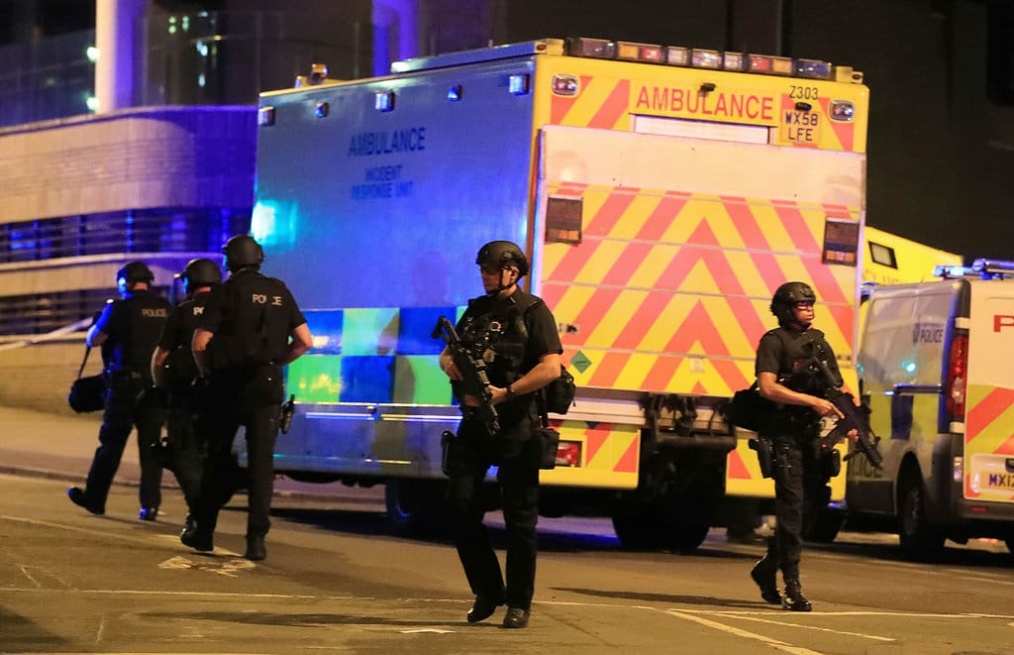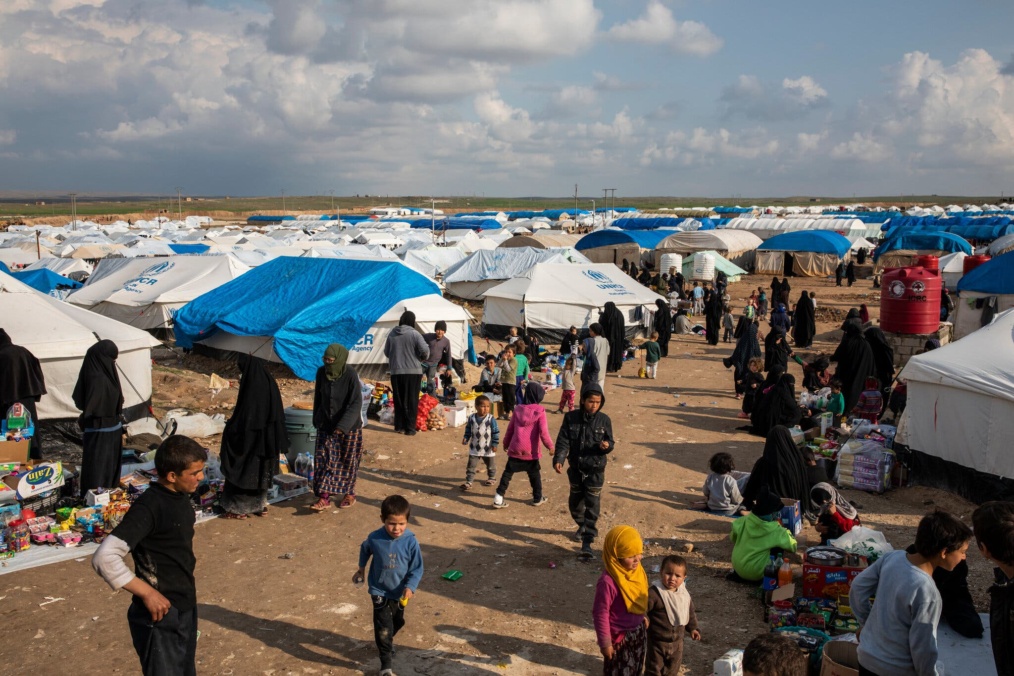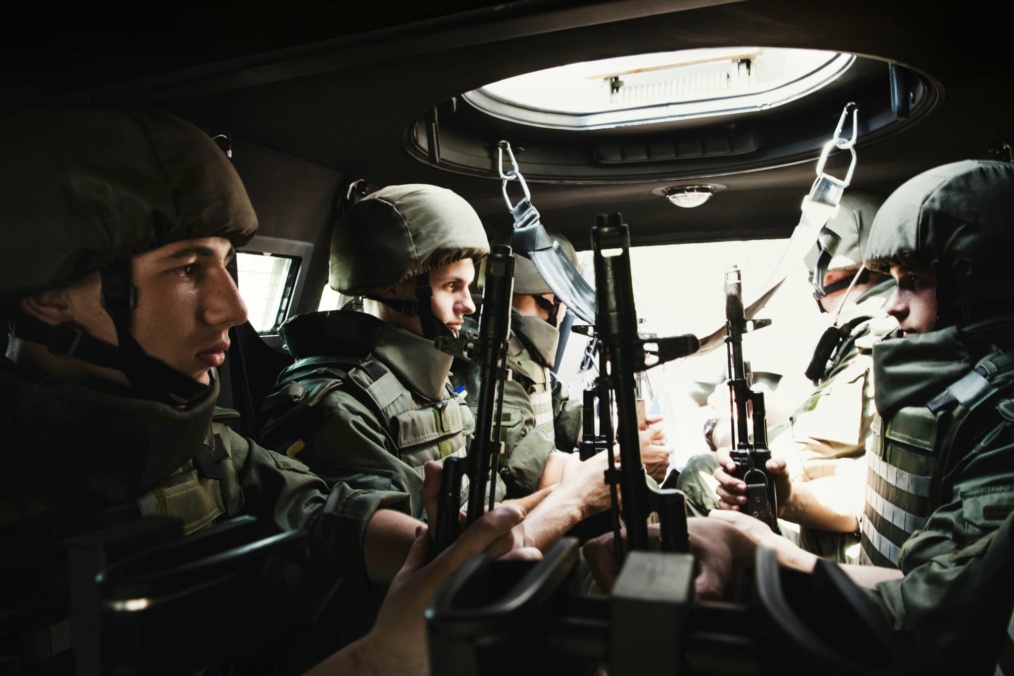The Provisional Irish Republican Army (PIRA) was one of the world’s longest lasting terrorist groups. The group came into being in 1969 after a splintering of the IRA leadership; and, the PIRA represented a more militant and extreme approach to the cause of Irish republicanism in Northern Ireland. The PIRA mounted a sustained terror campaign against the British, with the aims of bringing about universal civil rights, as well as a united Ireland, sovereign and independent from the United Kingdom.
The PIRA depicted themselves as the legal voice of the Irish people, which seemingly vindicated the violent course of action they pursued against both foreign occupation and domestic collaborators. The PIRA is a “nationalist” terror group, with similar tactics, but wildly different goals of other terrorist organizations.
The PIRA used bombings, shootings, beatings, assassinations, and kidnappings as a means of coercion. They killed thousands of people and injured countless other. Their victims included members of British, Northern Irish, and Irish security services, politicians, as well as both republican and loyalist paramilitary rivals. However, many of their victims were innocent civilians who had no connection with any paramilitary, political, or security organization.
Hard British Counterterror Responses
As the sectarian violence spreading through Northern Ireland increased, so did the violence and intensity of the British response. In 1969 the U.K. deployed soldiers on the ground in Belfast and other contentious northern areas.
When U.K. soldiers were first deployed, the Catholic and republican minorities initially welcomed the military, as they were viewed as a bulwark against loyalist violence. This perception was soured by three events in the 1970s. The first two events included The Falls Curfew in 1970 and Operation Demetrius in 1971, in which hundreds of Catholics were subjected to internment without trial, and the third event was the Bloody Sunday massacre in 1972. Bloody Sunday, in particular, was viewed as a direct attack on innocents; 14 unarmed civilians, peacefully protesting, were killed in a horrific shooting. This escalation of military presence, and extra-judicial violence, led to an equal and opposite escalation of violence on the republican side.
Each of these British interventions was justified as a method of bringing peace and order to the streets, yet each served to strengthen the perceived legitimacy of the Provisionals, who utilized each as a recruitment tool.
This is a common issue with “hard” counterterror strategies. Like a Hydra, for every head that is severed, multiple heads regrow in its place. It also gave the PIRA the opportunity to portray the nationalist minority of Northern Ireland as the victims of inhumane treatment at the hands of security forces. This, in turn, was used to validate their ongoing terrorist activity.
Soft Response: Peace Process and Politicization
Despite this escalation, softer methods were being implemented behind the scenes. In 1988 John Hume, the leader of the Social Democratic and Labour Party (SDLP), began a series of secret discussions with the Sinn Fein president, Gerry Adams. It was Hume’s belief that peace would only come to Northern Ireland if the PIRA could be persuaded to pursue their agenda solely through their political wing.
An agreement was reached that the responsibility for the future of Northern Ireland should be in the hands of the people who lived there. The British agreed to negotiate from a position of neutrality, and Hume and Adams released a joint statement arguing that self-determination was the right of the Northern Irish people as a whole. This marked a significant steppingstone that moved the conflict away from terrorism and towards political negotiations.
The Good Friday Agreement in 1998 was the culmination of this negotiated peace. Central to the agreement was the statement that all those engaging in talks gave a commitment to “democratic and exclusively peaceful means of resolving political issue.”
After 29 years of violence, the Good Friday/Belfast Agreement was the major political breakthrough that laid the foundation for peace. The PIRA disarmed, and while there are still flashes of sectarian and communal violence, the peace has held for more than two decades. The road to peace has brought the PIRA from the murder of close to 2,000 people to having their political wing in a power-sharing government with their former adversaries.
Lessons for Counterterrorism
When approaching strategies to deal with terrorism, it is critical to remember the adage of Sun-Tzu: to know yourself and know your enemy. The British failure to recognize the legitimacy of the PIRA’s base goals, their unwillingness to fairly treat the Catholic minority, and their aggressive military response did little to mitigate the violence. The very strength of their response invited challenge and resistance, which led to violent calamity and catastrophe. Understanding their own culpability, and moving towards a softer approach, allowed more moderate and reasonable voices to be heard, ultimately leading to a cessation of hostilities and a politicization of the PIRA.
Sitting down with the enemy is an often difficult, sometimes impossible task. Yet providing a less violent means of enacting change was the only strategy which had any measurable effect on the three-decade long cycle of violence in Northern Ireland.
Rory McDonnell, Counter-Terrorism Research Fellow





